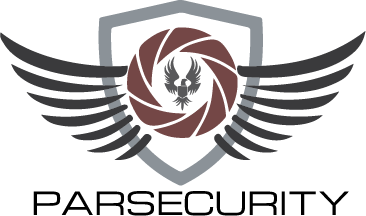[vc_row type=”in_container” full_screen_row_position=”middle” scene_position=”center” text_color=”dark” text_align=”left” overlay_strength=”0.3″][vc_column column_padding=”no-extra-padding” column_padding_position=”all” background_color_opacity=”1″ background_hover_color_opacity=”1″ width=”1/1″ tablet_text_alignment=”default” phone_text_alignment=”default”][nectar_animated_title heading_tag=”h1″ style=”color-strip-reveal” color=”Accent-Color” text=”The Camera Plan”][/vc_column][/vc_row][vc_row type=”in_container” full_screen_row_position=”middle” scene_position=”center” text_color=”dark” text_align=”left” overlay_strength=”0.3″][vc_column column_padding=”no-extra-padding” column_padding_position=”all” background_color_opacity=”1″ background_hover_color_opacity=”1″ width=”1/1″ tablet_text_alignment=”default” phone_text_alignment=”default”][vc_column_text]The market is overflowing with video cameras. Some excel in field of view, night vision, and audio. Others have built-in motion detectors, offer high-definition images, connect to local area networks, or communication wirelessly. Given this breadth of options, which is best suited for any given application?
ParSecurity video experts will match the right camera with each customer’s unique need. We do this by evaluating the project objectives.
For example, a video image can be captured with the goal of Detection, Identification, or Recognition. The more precise the required image, the higher the required camera resolution.
Determining camera area coverage is also important. One camera can capture image on an entire room, but will not be able achieve individual facial recognition. For example, cameras can view a wide area or provide a high level of detail – but not both. For example, a study from the FBI suggested that in order for a person’s face to be positively identified (for police and prosecution purposes) the person must equal about 120% of the vertical height of the video image. Yes, there is science to this process!
Camera positioning must also be considered.
Understanding physical obstructions and lighting changes (day and night) are critical to ensure video footage that can be viewed and reviewed while discerning as much detail about a subject as possible.
Once the requirements have been determined, we match those requirements to proven, high-quality cameras. Night Vision cameras are deployed in low-light or dark locations. Long Range cameras are ideally suited for mounting to building exteriors for large area monitoring. Pan Tilt Zoom (PTZ) cameras can be specified when the area is actively monitored and the operator needs to focus on a specific target (likely identified using motion sensing equipment).
Having determined the area to be captured via video, our experts match those requirements with the best available camera. Recognizing that cameras are now a commodity, we price our cameras slightly above “internet prices” so customers get the best value for their system investment.[/vc_column_text][/vc_column][/vc_row]
ParSecurity video experts will match the right camera with each customer’s unique need. We do this by evaluating the project objectives.
For example, a video image can be captured with the goal of Detection, Identification, or Recognition. The more precise the required image, the higher the required camera resolution.
Determining camera area coverage is also important. One camera can capture image on an entire room, but will not be able achieve individual facial recognition. For example, cameras can view a wide area or provide a high level of detail – but not both. For example, a study from the FBI suggested that in order for a person’s face to be positively identified (for police and prosecution purposes) the person must equal about 120% of the vertical height of the video image. Yes, there is science to this process!
Camera positioning must also be considered.
Understanding physical obstructions and lighting changes (day and night) are critical to ensure video footage that can be viewed and reviewed while discerning as much detail about a subject as possible.
Once the requirements have been determined, we match those requirements to proven, high-quality cameras. Night Vision cameras are deployed in low-light or dark locations. Long Range cameras are ideally suited for mounting to building exteriors for large area monitoring. Pan Tilt Zoom (PTZ) cameras can be specified when the area is actively monitored and the operator needs to focus on a specific target (likely identified using motion sensing equipment).
Having determined the area to be captured via video, our experts match those requirements with the best available camera. Recognizing that cameras are now a commodity, we price our cameras slightly above “internet prices” so customers get the best value for their system investment.[/vc_column_text][/vc_column][/vc_row]
